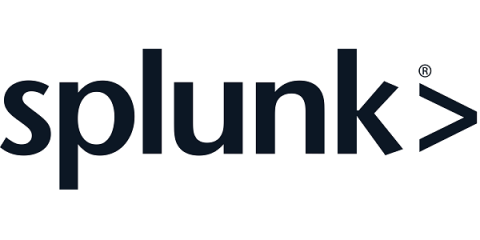Indicators of Compromise (IoCs): An Introductory Guide
To confirm cyberattack occurrences and build or enhance cyber-defense strategies, threat intelligence teams use a lot of information, including Indicators of Compromise (IoCs). These IoCs are actually forensic data that are critical in: The relevance of IoCs cannot be downplayed, but they're not all that’s needed in building an effective cybersecurity strategy. In this article, we’ll explore indicators of compromise, their types, and their relevance to threat intelligence teams.






